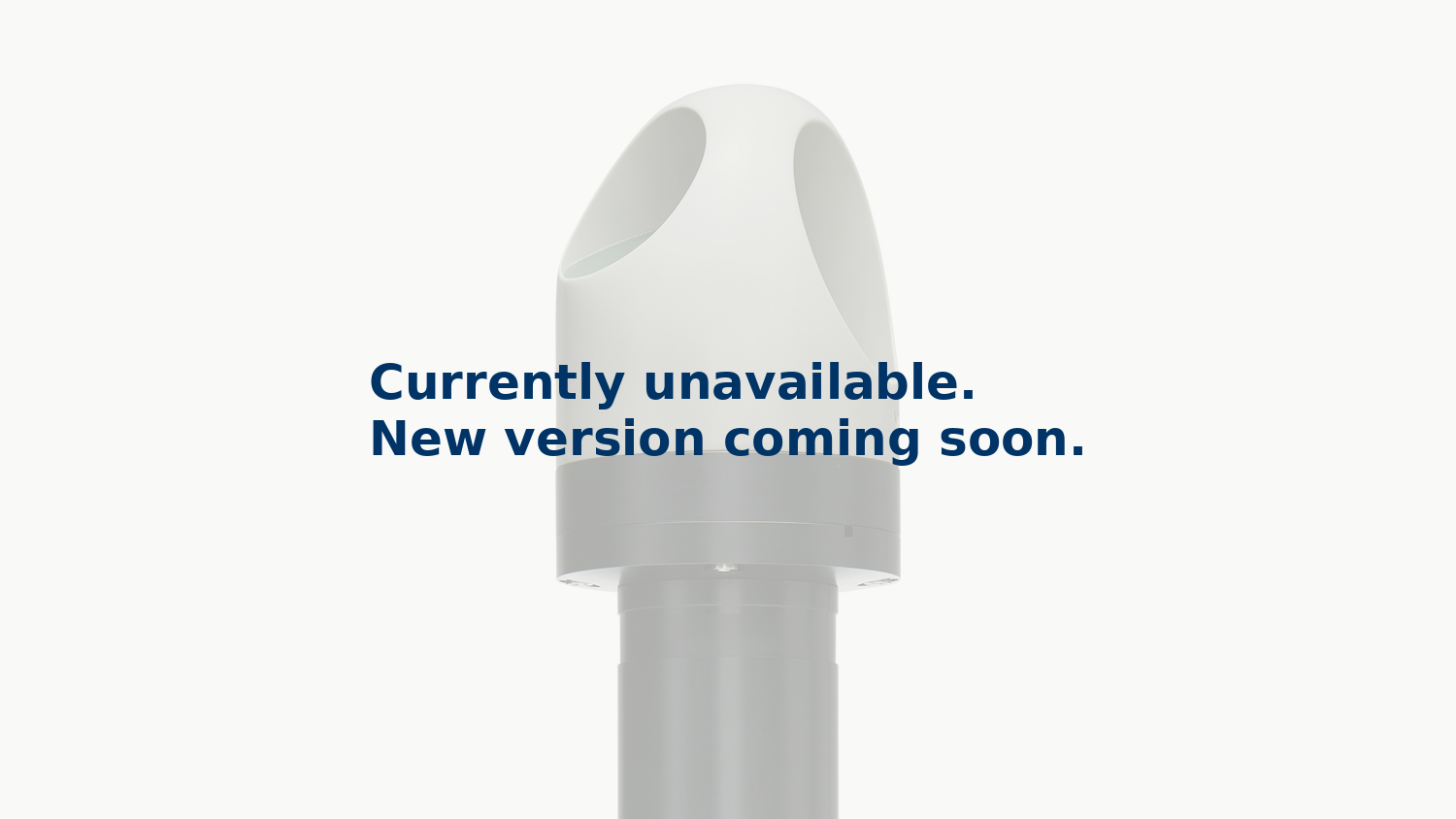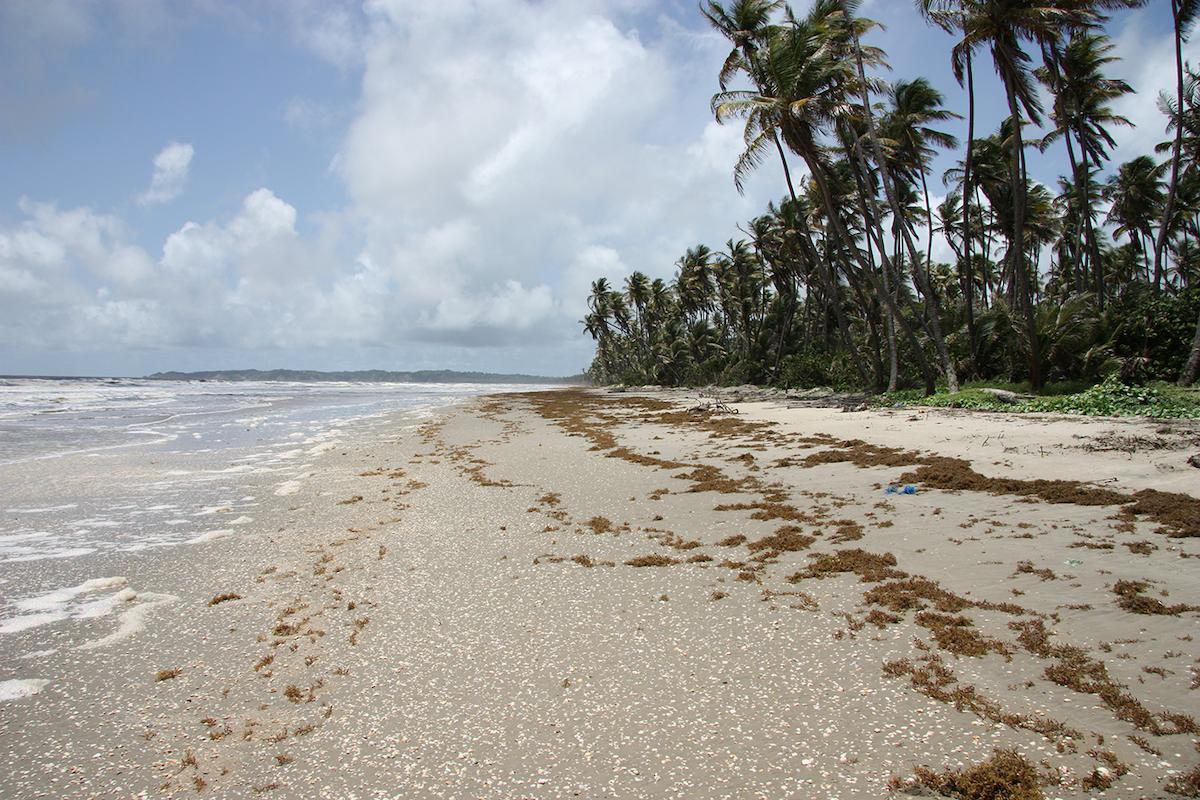
Providing critical metocean data for a major offshore gasfield installation
- User stories
Synopsis
Challenge
Metocean data was required during a “float-over” operation for a Malaysian offshore gas platform in which an 11,000-ton process deck was lowered onto platform legs.
Solution
Marine environmental service company VOS used a Nortek Aquadopp Profiler as part of a real-time metocean monitoring system to provide operational current profiles.
Benefit
The float-over team used the current velocity data to make the necessary steering adjustments required to complete the float-over successfully and safely.
Steering an 11,000-tonne offshore integrated process deck mounted on a barge to a position where it can be lowered precisely onto platform legs in an area of variable metocean conditions needs detailed wave, current and weather data to get it right and avoid costly mistakes.
Providing this metocean data accurately in real time was the challenge for oilfield services companies during the “float-over” and installation of Mubadala Petroleum’s Integrated Process Deck at the Pegaga gasfield off Sarawak, Malaysia in August 2021.
“The float-over mission only took one day, but it required almost a month of planning and waiting for the best sea conditions,” says Azri Azhar, Oceanographic Engineer at Vertex Ocean Sciences (VOS).

Metocean data crucial for safe operations around the platform site
VOS, a Malaysian marine environmental service company, worked closely on gathering ocean data for the project with survey and positioning contractor Orogenic GeoExpro.
The platform is located in waters over 100 m deep, but this stretch of ocean is still affected by tides, so the mission needed to be timed for a high tide to make it easier to get the deck positioned correctly over the legs.
The accuracy required for tugs to guide the barge so that the underside of the deck could slot into the jacketed legs meant calm water conditions were also crucial. For the float-over to get the go-ahead, the wave height around the platform site needed to be no more than 0.5 m, with a wave period below six seconds – and other weather conditions like wind needed to be good.
Calm seas were far from guaranteed, as demonstrated by the need to abort the first attempt to carry out the float-over due to unfavorable metocean conditions. However, a week later, conditions were more benign and the float-over was successfully completed by Sapura Energy, which handled the installation and commissioning of the rig.

Accurate, real-time monitoring of metocean data by offshore platform
To ensure high-quality ocean data was available, VOS deployed, among other equipment, a Datawell DWR-G7 Directional Waverider buoy, two RBRsolo³ D pressure-based tide and depth loggers and a Nortek Aquadopp 600 kHz acoustic Doppler current profiler (ADCP).
Ahead of the float-over, VOS deployed the Waverider to collect wave data, which was then sent to the weather forecaster to refine predictions for metocean conditions during the float-over. The tide gauges were also installed inside the well head on the Pegaga platform prior to the float-over to improve tidal predictions.
For the float-over itself, Orogenic installed a Valeport VRS-20 radar tide gauge at the boat landing on the Pegaga jacket to provide online tide data during the procedure. Data was transmitted to the float-over barge using a Satel UHF radio modem.
The Datawell Waverider was also deployed by VOS during the float-over to provide real-time access to wave conditions via HF telemetry.

The Aquadopp ADCP’s crucial role in providing real-time current profiles
VOS provided the Nortek Aquadopp and worked with Orogenic to install it at the boat landing on the jacket to provide real-time current profiles from the surface down to 10 m depth during the topside installation. (The “jacket” is the substructure and legs that the process deck is dropped on to.) Data from the Aquadopp was transmitted to the navigators via a Pacific Crest EDL II UHF radio. Nortek’s AquaPro software was used to visualize the data.
Detailed data on current direction and strength provided by ADCPs are increasingly being used in the offshore oil industry to ensure complex missions such as rig installations and day-to-day subsea diving operations can be carried out efficiently and safely. For the Pegaga installation, the Aquadopp ADCP provided crucial information to enable navigators to approach the platform on the right trajectory and complete the float-over successfully.

“The float-over team needed to understand whether the topside was facing strong currents because it was being towed by tugboats. There were no limits on current strength affecting whether the operation could go ahead, but they needed to know how strong the currents were so they could adjust,” says Marvin Lee, Managing Director at VOS.
The Aquadopp Profiler is a versatile ADCP available in four profiling range options, with vertical measurement increments (cells) as small as 10 cm and a maximum profiling range of 90 m, depending on configuration. It can also be configured in varying orientations to allow for varied mounting arrangements.
The 600 kHz version has a current profiling range of up to 40 m, but in this case the team were interested only in currents from 0–10 m, so the Aquadopp at Pegaga was suspended from a mooring line and pointed upwards towards the surface.

Accurate, cost-effective solution for metocean data with current profiles
The VOS team was able to set up the Aquadopp before sending it to the rig site. The company was well placed to do this, as its core staff worked for Elcee Instrumentation & Services, who have a strong history working with Nortek, dating back to the 1990’s. VOS was founded in 2014 and has continued the relationship with Nortek products.
“We have a good understanding of Nortek products, so we were able to set the cell size correctly and pre-test the Aquadopp in our office before sending it into the field. It was pretty straightforward,” says Lee.
VOS’s Azri Azhar went out to the rig to help install it. He says the installation went smoothly and the ADCP provided good results reliably throughout the float-over. Nortek’s AquaPro software proved ideal for this one-off assignment as a reliable user interface for displaying real-time data and visualizing the full current profile.
Lee adds that Nortek products remain a vital element in the VOS offering to its customers.
“The tech has evolved a lot over the years. But Nortek make sure they can offer products that don’t have a lot of features that aren’t required. We don’t need overkill, just ADCPs that give good results and are cost-effective,” he says.
While Nortek has continued to develop and innovate in underwater acoustic technology, for example through their line of Signature ADCPs, the Nortek team continues to provide existing systems like the Aquadopp Profiler for purposes where simplicity is key.


